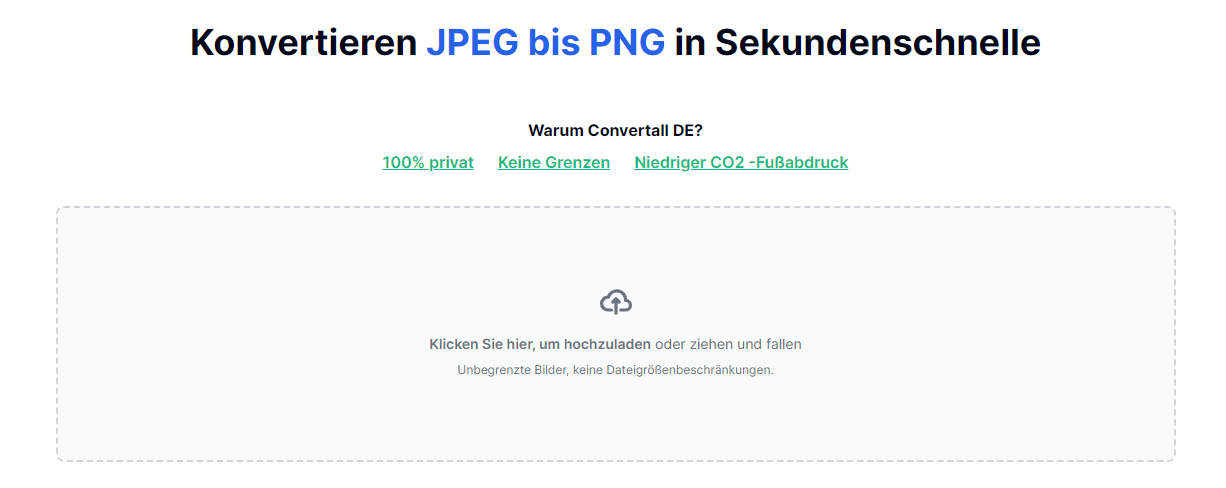Natural sausage casing is a traditional product that is still popular among many consumers today. It is made from animal intestines, usually from pigs or sheep, and is used to encase and protect the filling of sausage. Despite its popularity, it is important to handle natural sausage casing in a safe and hygienic manner to avoid the risk of foodborne illnesses. In this article, we will discuss the proper procedures for handling natural sausage casing in order to ensure food safety.
First and foremost, it is essential to wash your hands thoroughly before handling the casing. This helps to prevent the spread of bacteria from your hands to the sheep casings and also to the sausage filling. The casing should also be kept refrigerated to prevent spoilage and the growth of bacteria. Before using the casing, it should be rinsed thoroughly with cold water to remove any dirt, residue or debris that may be present.
Next, it is important to inspect the casing for any signs of damage or deterioration. This includes checking for tears, holes or punctures in the casing that could allow bacteria to enter the sausage filling. If any damage is found, the casing should be discarded and not used. When stuffing the casing, it is important to use a clean, food-grade sausage stuffer. The stuffer should also be thoroughly cleaned and sanitized between uses to prevent the spread of bacteria.
After the sausage has been stuffed and tied off, it is important to follow proper storage procedures. Sausage should be stored at or below 40°F to prevent the growth of bacteria and to ensure that the sausage remains fresh. When storing the sausage, it should be placed in an airtight container or covered with plastic wrap to prevent contamination. It is also important to label the sausage with the date it was made and to use it within the recommended shelf life of the product.
In addition to proper storage procedures, it is important to follow proper cooking procedures when preparing sausage. Sausage should be cooked to an internal temperature of at least 160°F to kill any bacteria that may be present. To ensure that the sausage is cooked evenly, it is recommended to turn the sausage regularly during cooking. Overcooking the sausage can cause the casing to split and the filling to become dry, so it is important to monitor the cooking process carefully.
Finally, it is important to follow safe food handling practices when serving sausage. This includes using clean utensils, avoiding cross-contamination by using separate cutting boards and utensils for raw and cooked meats, and properly storing any leftover sausage in the refrigerator. Leftover sausage should be consumed within two to three days to prevent spoilage and the growth of bacteria.
In conclusion, handling natural sausage casing in a safe and hygienic manner is essential to prevent the risk of foodborne illnesses. By following the proper procedures for handling, storing, cooking and serving sausage, you can ensure that the sausage is safe to consume and of the highest quality. Always make sure to wash your hands thoroughly before handling the casing, inspect the casing for any damage or deterioration, follow proper storage procedures, cook the sausage to an internal temperature of 160°F, and follow safe food handling practices when serving. By following these guidelines, you can ensure that natural sausage casing is a safe and delicious addition to your meals.


